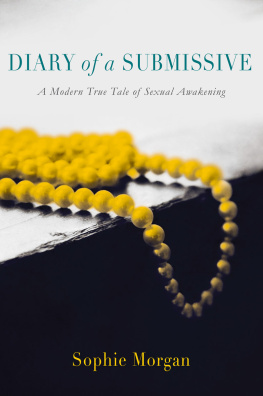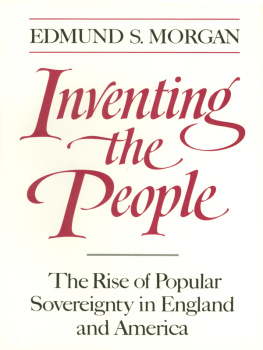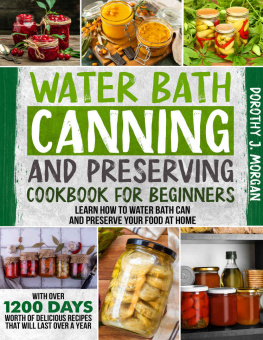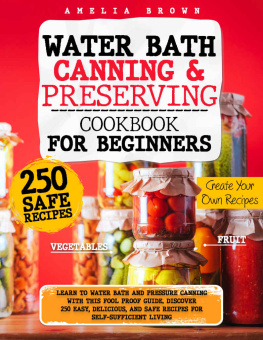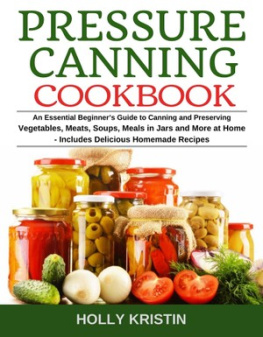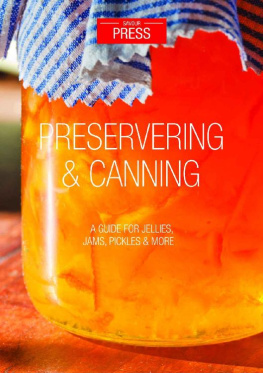PRESSURE CANNING COOKBOOK
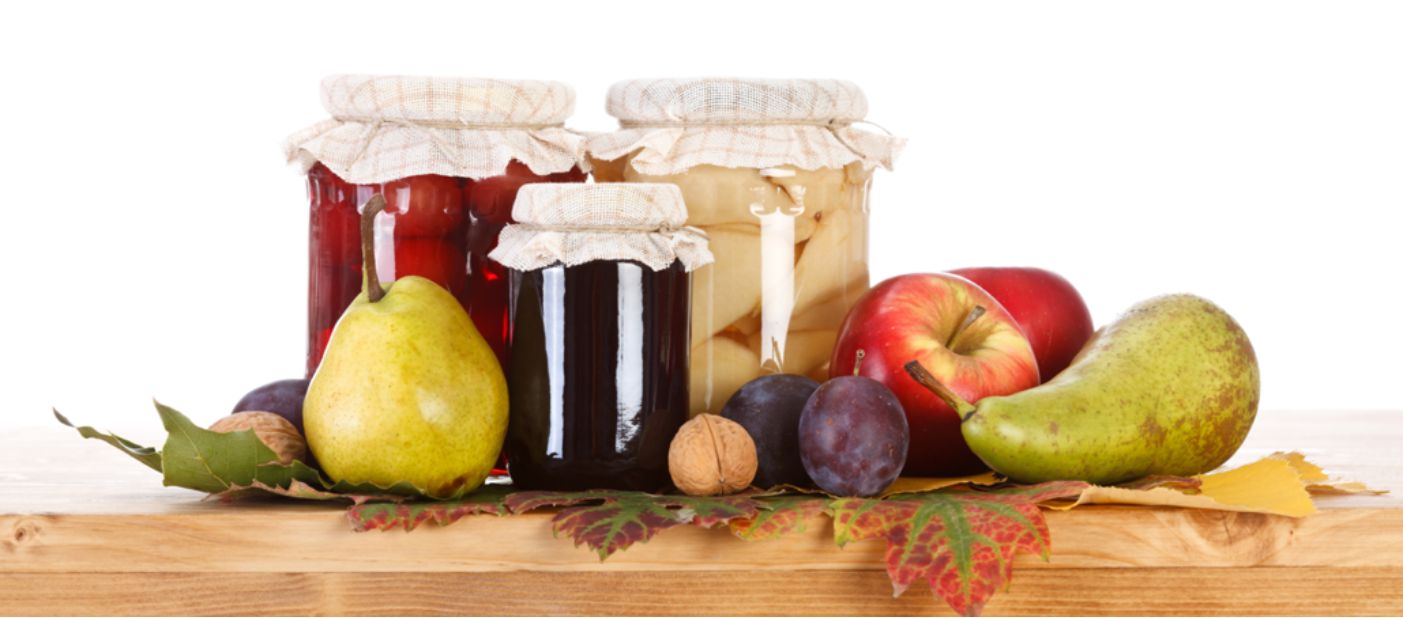
Discover How To Pressure Can Your Foods, Even If Youve Never Done It Before. With Over 1200 Days Worth Of Easy, Tasty, And Nutrient-Dense Recipes To Stock Up Your Pantry
Dorothy J. Morgan
Copyright 2022 - All rights reserved.
The content contained within this book may not be reproduced, duplicated, or transmitted without direct written permission from the author or the publisher.
Under no circumstances will any blame or legal responsibility be held against the publisher, or author, for any damages, reparation, or monetary loss due to the information contained within this book. Either directly or indirectly.
Legal Notice:
This book is copyright protected. This book is only for personal use. You cannot amend, distribute, sell, use, quote or paraphrase any part, or the content within this book, without the consent of the author or publisher.
Disclaimer Notice:
Please note that the information contained within this document is for educational and entertainment purposes only. All effort has been executed to present accurate, up to date, and reliable, complete information. No warranties of any kind are declared or implied. Readers acknowledge that the author is not engaging in the rendering of legal, financial, medical, or professional advice. The content within this book has been derived from various sources. Please consult a licensed professional before attempting any techniques outlined in this book.
By reading this document, the reader agrees that under no circumstances is the author responsible for any losses, direct or indirect, which are incurred as a result of the use of the information contained within this document, including, but not limited to, errors, omissions, or inaccuracies.
Table of Contents
Introduction
Would you like to enjoy your favorite seasonal foods all year long? Are you trying to figure out a strategy not to waste your harvest? Preserve and store food safely so that you can control what you eat and optimize your budget.
If yes, I welcome you to the marvel world of pressure canning
You may preserve your garden harvest and have plenty of prepared food for the winter. If you have gardens and orchards, it's a healthy way to eat, and it's also an efficient approach to saving money by consuming nutritious, low-fat foods that are excellent for you. Pressure canning can preserve your garden or homegrown produce throughout the year.
With today's hectic lifestyle, pressure canning is a procedure that is growing in popularity. Canning is not only cost-effective and practical, but it also gives you various options for leftovers that will move you one step closer to your goals for food security.
It is possible to preserve a wide range of foods, including meat, produce, and dairy products like yogurt, cheese, and butter, for an extended period using pressure canning techniques. However, compared to procedures that are frequently referred to as "just in time" or "just in case," pressure canner recipes typically involve a little more forethought and have a more significant impact on time management.
And in contrast to popular opinion, you can do it without spending a fortune on equipment!
This guide is perfect for people who have never canned before, those who have only canned in a water bath and would like to start canning under pressure, or those who have taken a break from canning and would like to start canning again.
What Is Pressure Canning ?
Pressure canning is a technique that preserves food using a sealed jar with an airtight lid. The jars are then put in a pressure canner and steamed at 240F for the time specified by the recipe.
The food will have an extended shelf life as it is heated in its juices, and it doesn't rely on any added ingredients or preservatives like low-sodium or sugar-free products do. You might have heard that pressure canning could be dangerous because you heat foods to such high temperatures. But because pressure canning uses a sealed jar and is heated over more extended periods, the foods are heated slowly instead of quickly. This creates a good environment for food to be safely preserved without losing nutrients or making it harmful to your body.
Pressure canning has been used for many years to preserve foods and make them last longer. Before refrigeration was invented, people used pressure canning to store their food for the winter months. It was a way to make sure they had enough food when snow covered the ground and wouldn't allow people to leave their houses. As refrigeration became more viable in people's homes, pressure canning became less common over time because it wasn't needed as much anymore. Today, pressure canning is used for various kinds of foods. It's not just for preserving food in cases of emergency or life-threatening situations. Many people use it to preserve the food they grow when their garden season is over. The foods last much longer when pressure canned because the process kills off any bacteria that might have entered the food.
The act of canning itself has been around since before 1800 B.C., which is when the name "pressure" canning was first coined in England. Around this time, archaeologists found almond pits sealed inside jars and grains found wrapped in clay pots with handles and lids that sealed tightly over them. Other reports found people using "sand lids" to preserve foods. These lids were made of clay and fastened to pots with cords for sealing. As time went on, food put into smaller jars was moved from small pits to more convenient pots with tightly sealed lids. This made the process faster because it didn't have to cook as long inside the pot, and it also preserved the food longer because air couldn't get inside.
What most people didn't know at the time was that bacteria could grow in jams and preserves in a matter of hours if they weren't kept cold or hot enough.
It was not until the late 1800s, however, before scientists discovered that bacteria could be killed by temperatures above 160F. Scientists decided to scientifically test this by putting the food they knew contained bacteria into jars and jars that didn't contain the food. Then they used heat lamps to accelerate this process. This proved that if the heat was applied to intact food at proper time intervals, microorganisms could be killed and the food preserved indefinitely.
After learning this, many people began canning foods with pressure as a way to decrease spoilage and make sure their food wasn't tainted or contaminated by harmful bacteria. Jars with airtight lids were put into pressure cookers at 250F for 3 hours. When the jars were opened, it was found that the pressure inside had slightly built up, and this killed off any microorganisms that could have contaminated the food.
After refrigeration became more prominent in households, many people stopped using pressure canning to preserve food because they didn't need to worry about storing it for longer. However, today we are learning more and more about how harmful the preservatives used in low-sodium items and sugar-free products can be when we ingest them. It is also known that preservatives can change the taste of foods or affect how much nutrition we get from them.
Pressure canning preserves foods in a similar way to that canning with a water bath. The difference is that the foods are put into jars and sealed with an airtight lid. After the jars are sealed and heated in the pressure canner, they will be placed into boiling water for the amount of time specified by the recipe. When opened, you will see a few bubbles going up out of the jar or "bell" when you shake it up. This indicates that there is pressure inside, and it requires less time to heat up food in this manner than in jars not heated with pressure.



